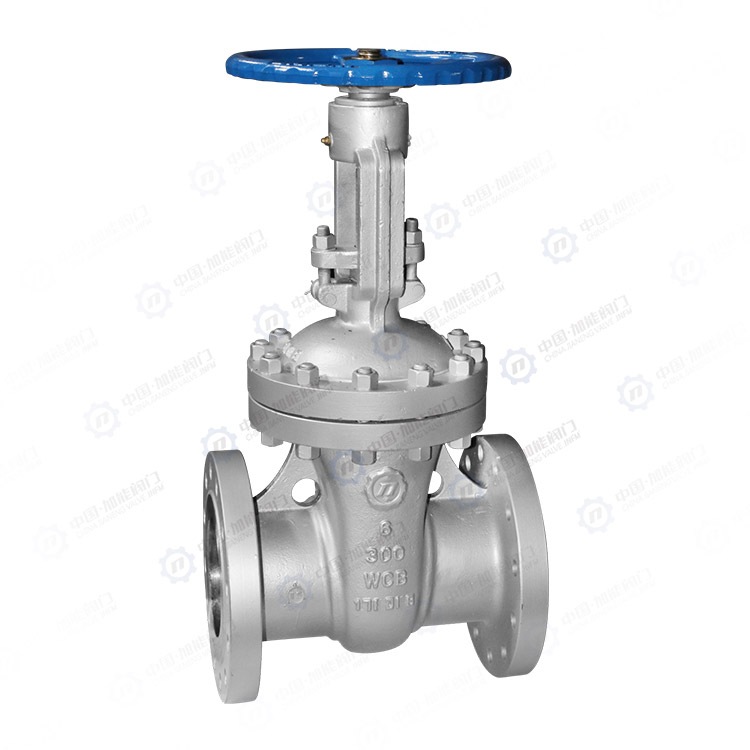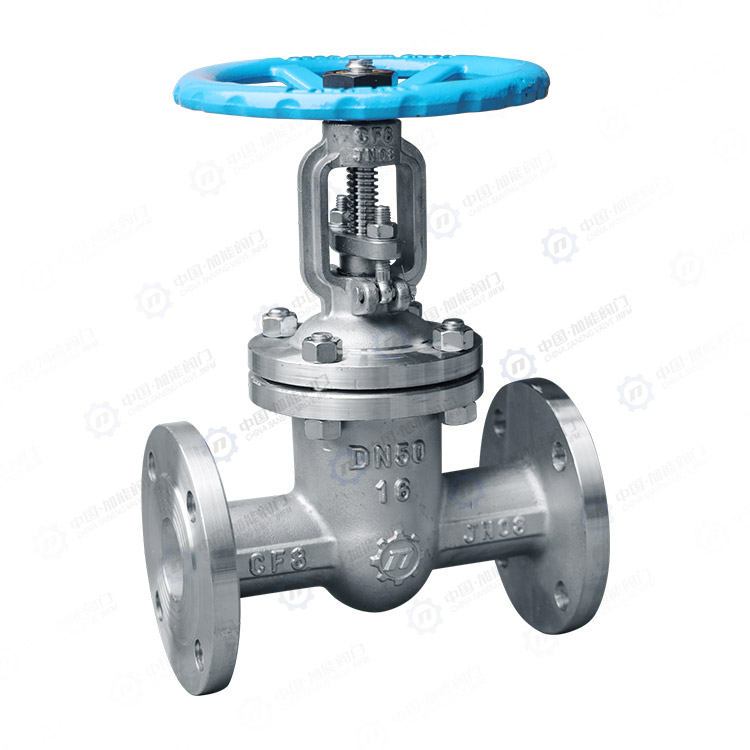News


Stainless steel gate valves, as a common type of valve, have a series of significant advantages and disadvantages, and specific steps and precautions need to be followed during installation and maintenance.
The advantages of stainless steel gate valves
Strong corrosion resistance: Stainless steel material has excellent corrosion resistance and can work stably for a long time in various corrosive media, extending the service life of the valve.
Good sealing performance: The stainless steel gate valve adopts a sealing structure, which can effectively prevent medium leakage and ensure the sealing performance and safety of the system.
High-temperature resistance: It can work for a long time in high-temperature environments without damage and is suitable for controlling high-temperature media.
Excellent wear resistance: The sealing surface and key components of the gate valve are made of hard alloy materials, which have good wear resistance and can withstand high pressure and friction.
Simple structure: The structure of stainless steel gate valves is relatively simple, with good manufacturing processability, and they are convenient for installation and maintenance.
Wide application range: Due to its excellent performance and wide applicability, stainless steel gate valves are widely used in medium control in various industrial fields.
The disadvantages of stainless steel gate valves
Long opening and closing time: The opening and closing stroke of the gate valve is relatively large, resulting in a longer opening and closing time, which may not be suitable for occasions that require rapid opening and closing.
Large external dimensions: The external dimensions of stainless steel gate valves are relatively large, requiring a considerable installation space and may not be suitable for occasions with limited space.
The sealing surface is prone to damage: Although the sealing surface material of stainless steel gate valves is wear-resistant, scratches or wear may still occur due to friction during long-term use, affecting the sealing performance.
The structure is relatively complex: For beginners or those who are not familiar with this type of valve, the structure of stainless steel gate valves may be rather complex, increasing the difficulty of operation and maintenance.
Installation steps
Preparations: Check whether the valve model and specification meet the design requirements, ensure that the valve is undamaged and free from rust, and prepare the installation tools and materials.
Installation position determination: Based on the pipeline layout and the usage requirements of the valve, determine the installation position and direction of the valve. Stainless steel gate valves should be installed vertically to ensure that the valve stem is in a vertical position.
Install the valve: Place the valve at the installation position and firmly connect it to the pipeline by means of bolt or flange connection, etc. Pay attention to checking whether the connection is well sealed to prevent the leakage of the medium.
Commissioning and inspection: After the installation is completed, conduct commissioning and inspection of the valve. Ensure that the valve can be opened and closed normally without jamming or leakage. Meanwhile, check whether the sealing performance and operational flexibility of the valve meet the requirements.
Maintenance method
Regular inspection: Regularly inspect and maintain the stainless steel gate valve, including checking the valve's sealing performance, operational flexibility, and the tightness of the connection points, etc.
Cleaning and maintenance: Regularly clean the surface and internal parts of the valve to remove dirt and impurities, preventing corrosion and blockage.
Lubrication and maintenance: For components that require lubrication, such as valve stems and bearings, an appropriate amount of lubricant should be added regularly to ensure good lubrication.
Timely maintenance: When faults or damages are found in the valve, timely maintenance or replacement of parts should be carried out to ensure the normal operation of the valve.
To sum up, stainless steel gate valves have many advantages, but they also have some disadvantages. During the installation and maintenance process, specific steps and precautions must be followed to ensure the normal operation of the valve and extend its service life.
